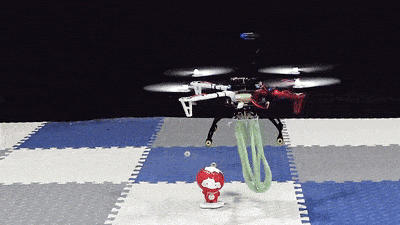The soy milk your students make during their GrowNextGen food science lessons in the classroom has a new, innovative, medical application.
By spinning soy protein isolates, bioengineers can create fabric-like patches of soy “skin” and sprayable liquid soy “skin.”
OmegaSkin, developed by bioengineering faculty at Temple University, was inspired by the skin-like layer at the top of hot soy milk. It’s poised to completely change wound management as it exists today.

Soy skin…
- is shelf-stable for years
- is more ethical than using cow or pig skin
- Is more affordable than current techniques
- doesn’t require a second wound like skin grafting
- can be sprayed from a portable container anywhere
- allows wounds to heal with natural pigmentation and skin color
- allows new skin cells, sweat glands, and hair follicles to grow through its mesh
Show your students they aren’t too different from these world-changing innovators. Introduce soy proteins to your students with our Testing for Biomolecules lessons.




Share this